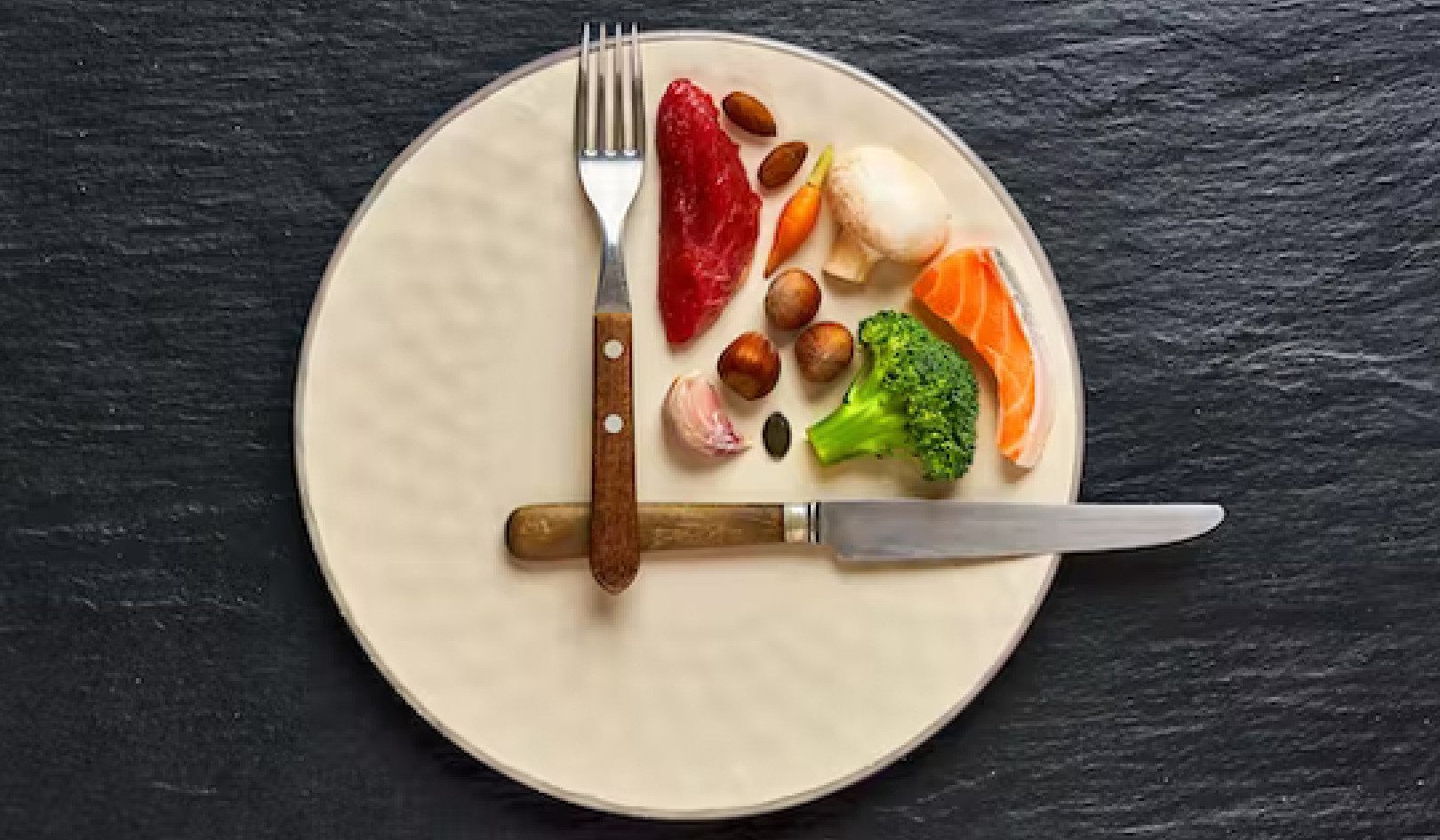Imagine yourself one morning on a modern jetliner, settling into your seat as the plane taxis toward the active runway. To pass the time you unfold your morning newspaper, and just as the plane's rapidly building acceleration begins to lift the wheels from the ground, your eye catches a front-page article mentioning that engineers are beginning a series of tests to determine whether or not the new model airplane that you are in is safe.
That situation would never happen, you say to yourself. People have more foresight than that. Yet something we entrust our lives to far more often than airplanes -- our food supply -- is being redesigned faster than any of us realize, and scientists have hardly begun to test the long-term safety of these new foods.
The genetic engineering of our food is the most radical transformation in our diet since the invention of agriculture 10,000 years ago. During these thousands of years, people have used the naturally occurring processes of genetics to gradually shape wild plants into tastier, more nutritious, and more attractive food for all of humanity. Until very recently, these evolved food plants were part of the common heritage of humankind. Food plants have been available to all in conveniently small and storable packets ? seeds -- for distribution, trade, and warehousing. In fact, selective plant breeding has brought food security, greater nutrition, and increased biodiversity, while at the same time protecting food systems against hard times, such as natural or economic disasters.
In the new kind of agriculture, a handful of giant corporations have placed patents on food plants, giving them exclusive control over that food. These transnational corporations have altered the minute life-processes of food plants by removing or adding genetic material in ways quite impossible in nature. And like our nightmare vision of the untested airplane, genetically altered food is being quietly slipped into our markets and supermarkets without proper labels, and without having passed adequate safety tests. Furthermore, genetically engineered food confers no advantage to consumers: it doesn't look better, taste better, cost less, or provide better nutrition. To distinguish this different sort of food from the natural food we have eaten all our lives, people give it different names. In Europe they call it "GMO food." Here, we use a new term: "genfood."
While we eat this new kind of food and feed it to our children on a daily basis, independent scientists are just beginning to conduct tests to learn about the food's safety. In fact, a person in the United States shopping in a modern supermarket would find out that most food products contain genetically modified ingredients -- but the lack of useful labeling of genetically engineered food keeps this information hidden. Meanwhile, economists are determining if our local and national farming will be hurt by this dramatic change in agriculture, and environmentalists are considering the ecological damage that genetically modified plants may cause. Unfortunately these food crops are already growing on millions of acres all around our world: at the beginning of the twenty-first century enough genetically engineered crops are being grown to cover all of Great Britain plus all of Taiwan, with enough left over to carpet Central Park in New York. With this abrupt agricultural transformation, humanity's food supply is being placed in the hands of a few corporations who practice an unpredictable and dangerous science.
As we eat genetically altered food and read about new safety tests, we may start to realize that we are the unwitting and unwilling guinea pigs in the largest experiment in human history, involving our entire planet's ecosystem, food supply, and the health and very genetic makeup of its inhabitants. Worse yet, results coming in from the first objective tests are not encouraging. Scientists issue cautionary statements almost weekly, ranging from problems with monarch butterflies dying from genetically modified corn pollen to the danger of violent allergic reactions to genes introduced into soy products, as well as experiments showing a variety of actual and suspected health problems for cows fed genetically engineered hormones and the humans who drink their milk. And this doesn't even consider slow-acting problems that might not show up for years or decades. Who decided this was an acceptable risk?
On the economic front, trade wars are breaking out around the world as the countries that produce genetically modified food seek to force other nations to accept it, even when such modified food provides no benefit to recipient nations and raises all the risks mentioned above. Meanwhile, environmental activists warn of "superweeds" and "superbugs" being created by genes that escape from genetically engineered plants. And the file of court cases grows as people questioning this new technology are sued into silence and as activists around the world demonstrate to express their concerns.
Three features distinguish this new kind of food. First and most important, the food is altered at the genetic level in ways that could never occur naturally. As genes from plants, animals, viruses, and bacteria are merged in novel ways, the normal checks and balances that nature provides to keep biology from running amok are nullified. Exactly how genes work is a topic of enormous complexity and some controversy, so it is difficult if not impossible to predict what will happen when individual combinations of genes are created in ways that have never been seen before -- and then released into the environment.
Not only is the process of genetic engineering itself full of uncertainties, but the outcomes are as well. Once genetic modifications are made, there is no way to tell how the effects of the genetic recombining might change and even move into other organisms. For now and the foreseeable future, we just can't know for sure what will happen when we let genetically engineered organisms loose into the environment: the greatest risk of this new technology might be the great depth of our uncertainty.
The second novel feature of this revolution in our food is that the food is owned. Not individual sacks of wheat or bushels of potatoes, but entire varieties of plants are now corporate products. In some cases, entire species are owned. The term monopoly takes on new power when one imagines a company owning major portions of our food supply -- the one thing that every single person now and into the future will always need to buy.
Finally, this new technology is "globalized." This means that local agriculture, carefully adapted to local ecology and tastes over hundreds and thousands of years, must yield to a planetary monoculture enforced by intricate trade agreements and laws. According to these trade treaties, local laws that we have come to rely on to protect our health, environment, and independence must take a backseat to decisions made far away by anonymous officials working in secret.
Biotech's commandeering of our food is widespread but hardly inevitable. Tens of thousands of natural seeds still exist to form the basis of a diverse, healthy, and locally controlled food system in our world. With proper attention from ordinary people, our food supply will be put back into the hands of farmers and food suppliers and all the rest of us -- for the sake of our health and our environment, and for the future that we leave to our children's children.
 This article is excerpted from Genetically Engineered Food, ?2001, by Martin Teitel, Ph.D. and Kimberly A. Wilson.
This article is excerpted from Genetically Engineered Food, ?2001, by Martin Teitel, Ph.D. and Kimberly A. Wilson.
Reprinted with permission of Park Street Press, a division of Inner Traditions International. http://www.innertraditions.com
Info/Order this book.
About the Author
 Martin Teitel, Ph.D., the author of Rain Forest in Your Kitchen, is Executive Director of the Council for Responsible Genetics, a national nonprofit organization of concerned scientists, doctors, and activists founded in 1983 to foster public debate about the social, ethical, health, economic, and environmental implications of genetic technology. He lives in Boston. Visit the Council for Responsible Genetics's website at http://www.gene-watch.org
Martin Teitel, Ph.D., the author of Rain Forest in Your Kitchen, is Executive Director of the Council for Responsible Genetics, a national nonprofit organization of concerned scientists, doctors, and activists founded in 1983 to foster public debate about the social, ethical, health, economic, and environmental implications of genetic technology. He lives in Boston. Visit the Council for Responsible Genetics's website at http://www.gene-watch.org
Kimberly A. Wilson, former director of the council's program on Commercial Biotechnology and the Environment, works with the Greenpeace biotechnology campaign and lives in San Francisco.




























